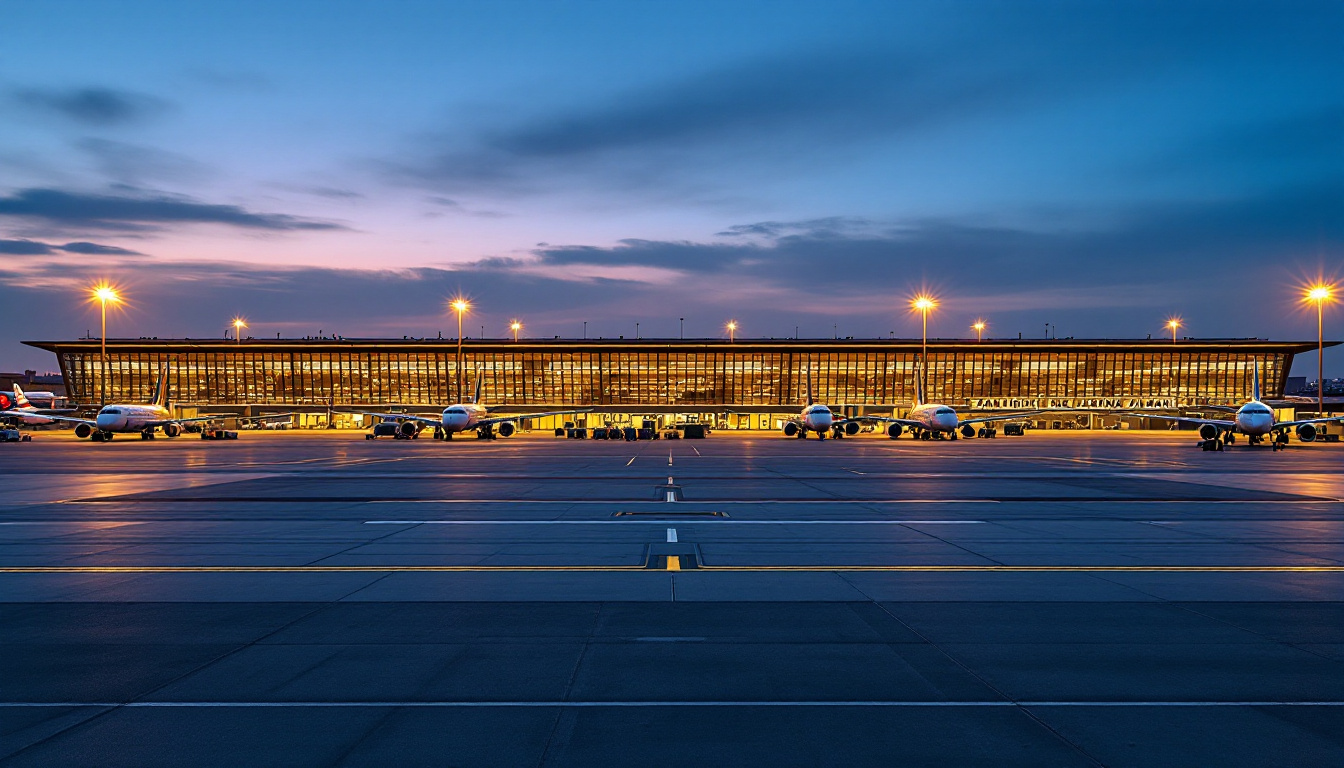A ground stop at San Diego International Airport led to delays and cancellations after an issue with a plane. Here is what a ground stop means, how it affects operations, and what passengers can do to rebook, get help, and minimize extra costs. This is informational, not legal advice.

Key points:
- A ground stop temporarily halts departures and can slow arrivals while an issue is addressed.
- Expect rolling delays, possible diversions, and some cancellations as schedules reset.
- Monitor your airline app, look for free rebooking, and keep receipts for reasonable expenses.
- If safety crews and the FAA clear the issue, operations resume in phases; delays can ripple for hours.
What is a ground stop?
A ground stop is an air traffic control measure that pauses some or all departures to a specific airport. It is used for safety and traffic flow. Causes include aircraft incidents, runway blockages, weather, or equipment problems. The goal is to reduce congestion in the air and on the ground while crews resolve the issue.
What happened in San Diego?
Local reports said a ground stop was issued at San Diego International due to an issue involving a plane. That triggered delays across departures and knock-on effects for arrivals. When a single runway or gate area is blocked, even briefly, congestion builds fast at a single-runway airport like SAN.
Once crews assess the situation and the FAA lifts the stop, flights resume in stages. Airlines then work through backlogs based on gate availability, crew timing, and aircraft positions.

How long do delays last?
It depends on the cause and the timing. If the issue clears fast, you may see 60 to 120 minute delays. If an aircraft blocks a runway or a taxiway, the backlog can stretch longer. With a single runway, recovery takes more time. Schedules often normalize by the following morning, but late-night flights may cancel if crews time out.

What travelers should do right now
- Use your airline app. Turn on notifications for gate changes, delay credits, and same-day rebooking.
- Check flight status on multiple sources. Compare your airline, FlightAware, and the airport website to confirm timing.
- Ask for free changes. Many airlines allow free same-day switches to later flights when delays are significant.
- Know your connection plan. If you will miss a connection, contact the airline before you land to secure the next option.
- Keep receipts. Save proof for meals, ground transport, or hotels if you are stranded. Some cards offer trip delay coverage.
- Be flexible with airports. In Southern California, consider alternatives like LAX, SNA, or ONT if the airline allows a reroute.
What airlines do after a ground stop
Airlines re-sequence flights, swap aircraft, and reposition crews. They may prioritize long-haul departures and last bank connections. Customer service teams open fee waivers and standby lists. If crew duty limits are tight, expect more cancellations late in the day.
Safety and communication
Ground stops are conservative by design. Safety teams and first responders coordinate with the tower and the FAA. Public updates are posted by the airport, airlines, and local authorities. Beware of rumors on social media. Trust information from official sources and airline alerts.

Frequently asked questions
What is the difference between a ground stop and a ground delay program? A ground stop pauses departures to an airport. A ground delay program meters arrivals and departures with controlled release times rather than a full pause.
Will I get compensation? U.S. airlines do not owe compensation for most delays, especially for safety or air traffic control reasons. You may get meal vouchers or hotel support in some cases. Credit card trip delay benefits can help.
Should I go to the airport if my flight is delayed? If the delay is short, go as planned. If it is long or the flight is canceled, contact your airline first and confirm the new plan before leaving.
How do I track the ground stop status? Check the FAA’s advisories, San Diego International’s official site, and your airline’s alerts.
To contact us click Here .

